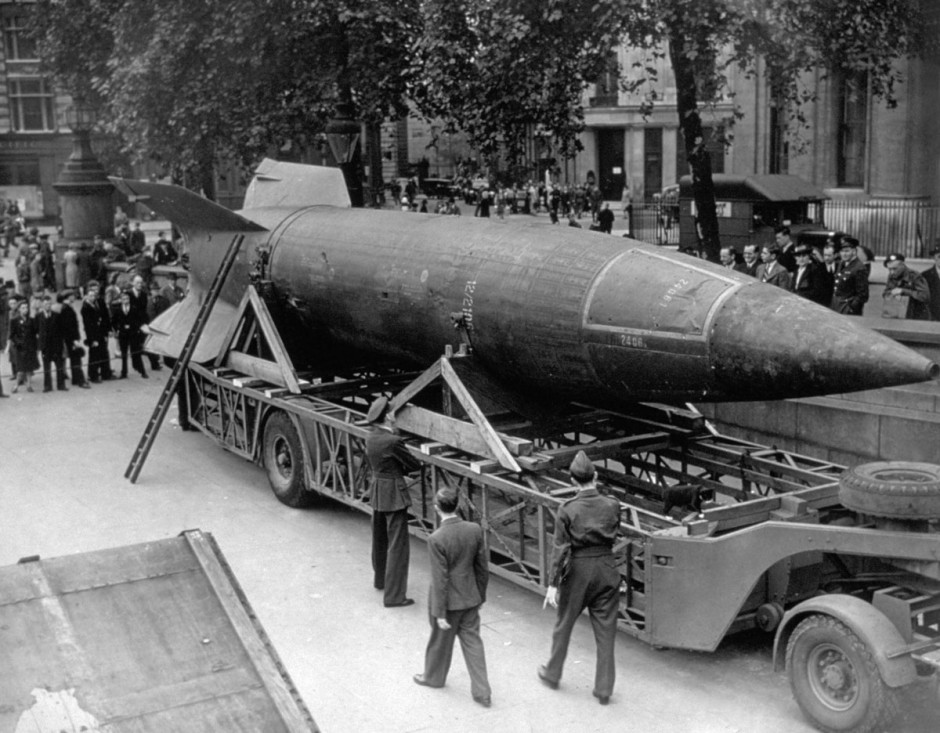At the behest of the U.S. Joint Chiefs of Staff, 1,600 scientists from Germany were brought to the United States in a secret operation from 1945 to 1952. With the Cold War heating up, their expertise in such fields as rocketry, biological and chemical weapons, aviation and space medicine was highly valued by the American military-industrial complex. Later, some of these scientists would play an integral role in building the Saturn rockets that would propel American astronauts to the moon.
Annie Jacobsen, in Operation Paperclip (Little, Brown and Company), focuses on 21 of these scientists, now all dead.
By her reckoning, 15 of the 21 had been dedicated Nazis, 10 had joined Nazi Party paramilitary squads, including the SS, and six had stood trial at the Nuremberg war crimes tribunal. One had been a convicted mass murderer.
Since the United States was then gearing up for “total war” with the Soviet Union, its ally during World War II, the scientists’ close association with Adolf Hitler’s criminal regime was of little or no concern to Washington. What mattered far more to the U.S. leadership was whether they could be useful when tensions with the Soviet Union were escalating.
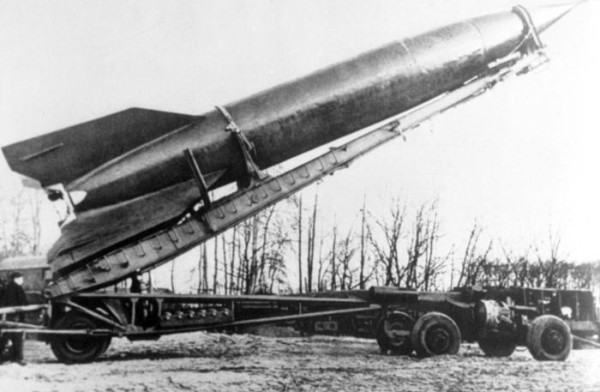
The impetus for recruiting Nazi Germany’s finest scientists was the V-2 rocket, an advanced flying projectile that had wreaked death and destruction on Britain and cities in northern Europe from June 1944 onward.
“It seemed likely that, if the Germans had succeeded in perfecting and using these new weapons six months earlier than they did, our invasion of Europe would have proved exceedingly difficult, perhaps impossible,” said Gen. Dwight D. Eisenhower, the supreme Allied commander in Europe.
Being 20 years behind Germany in rocket development, the United States seized an opportunity to close the gap by rounding up Hitler’s scientists, preeminent among whom was a 32-year-old physicist, Wernher von Braun.
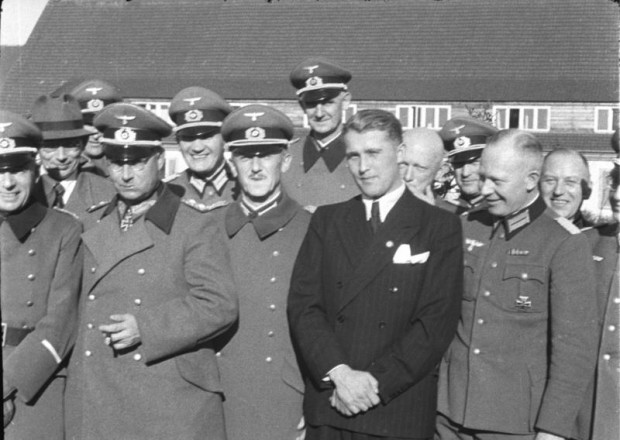
The rockets they created were built and assembled in a fortified underground factory in the Harz mountains in eastern Germany. The workers, numbering in the thousands, were slave labourers who toiled under unbearable conditions. They suffered and died from starvation, dysentery, pleurisy, pneumonia and tuberculosis, says Jacobsen in her lucid account.
Despite having blood on their hands, Von Braun and one of his colleagues surrendered to the U.S. army of occupation in Germany shortly after Hitler’s death by suicide, correctly assuming they would be of value to the United States.
Not long afterwards, Herbert Wagner, a guided missile expert, and four of his assistants, were flown to the United States and placed under detention. By early 1946, she writes, 160 German scientists, of whom 115 were rocket specialists, were at work in the United States.
Operation Paperclip slowed to a crawl in 1952 when the new West German government expressed concerns about it. A compromise was reached when Washington agreed to stop recruiting new scientists on condition of not having to give up those already in the United States.
In 1960, Von Braun and approximately 120 Operation Paperclip scientists, engineers and technicians were transferred from the army to the newly established National Aeronautics and Space Administration, known as NASA.
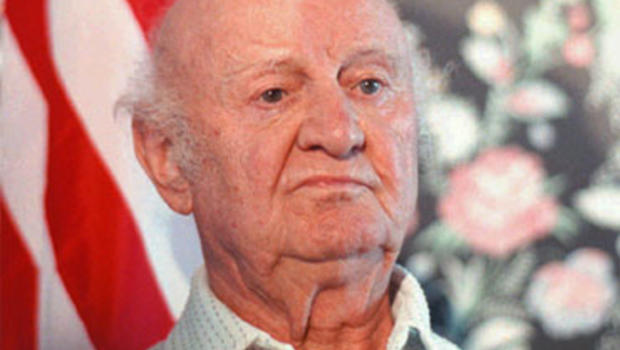
Von Braun was appointed the director of a facility whose mandate was to develop the Saturn rocket. His deputy, Arthur Rudolph, who had worked with him since 1934, was an expert in rocket engine assembly. Unlike Von Braun, he had joined the Nazi Party before Hitler’s accession to power.
Kurt Debus, who had been an ardent Nazi as well, was chosen director of the Saturn rocket launch site in Cape Canaveral, Florida.
Long before these developments, the German scientist Hubertus Strughold had made a major contribution to the budding U.S. space program by designing a pressurized space capsule.
On June 11, 1948, a nine-pound rhesus monkey named Albert was strapped into a harness inside the nose cone of a V-2 rocket and shot into space. The rocket reached an altitude of 39 miles, but Albert died of suffocation during the six-minute flight. Nonetheless, the monkey’s voyage signified a momentous first step toward human space flight.
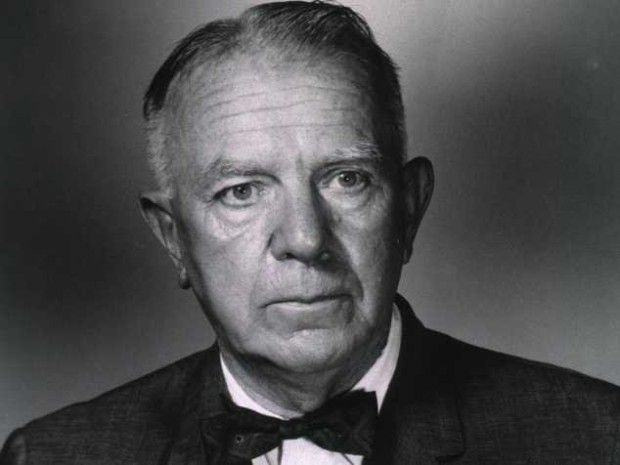
It’s clear that the U.S space program owed part of its success to German scientists, and in Operation Paperclip, Jacobsen expounds on this thesis thoroughly.
